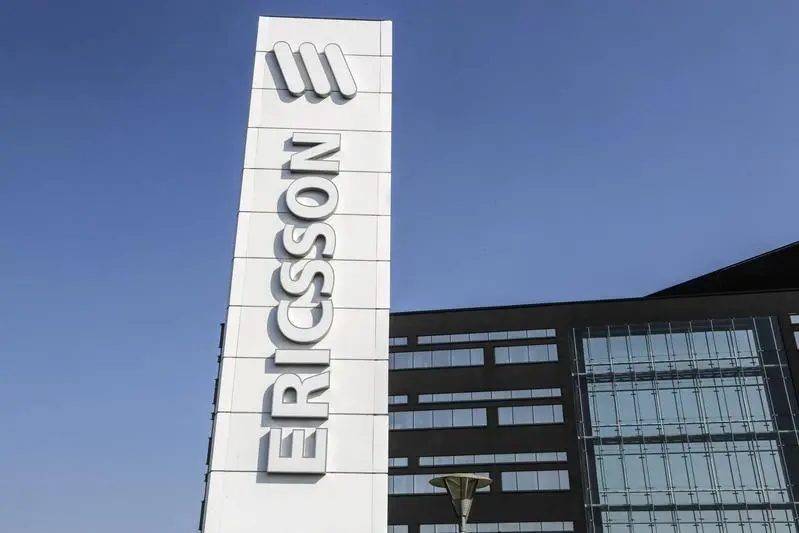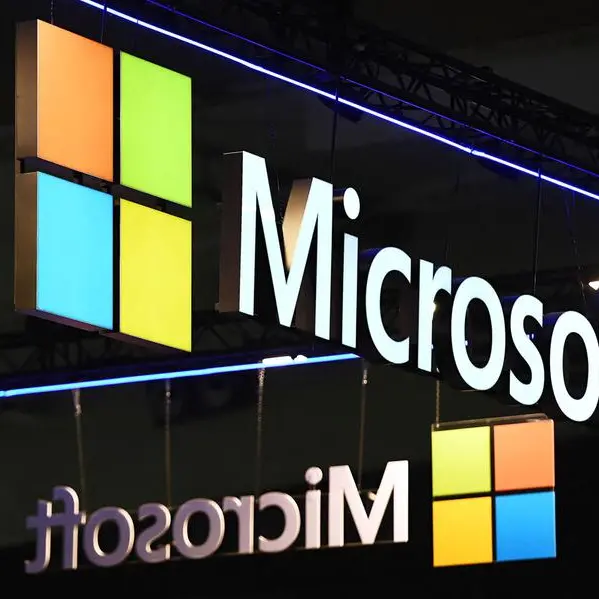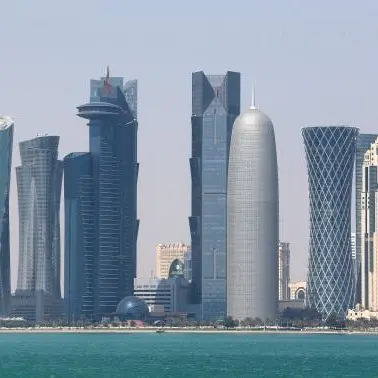PHOTO
ICT is driving transformation and is really changing the game according to Rafiah Ibrahim, president of Ericsson, region Middle East and Africa. In an interview with Telecom Review, Rafiah shared her thoughts on Ericsson Global Mobility Report, specifically on IoT, mobility and 5G deployment.
IoT is expected to surpass mobile phones as the largest category of connected devices in 2018. Where does that leave mobile phones? Will there be less/more of a need for them?
The need for smartphones will continue to grow, as smartphones are predicted to be the devices imperative for IoT in the future home and beyond. Smartphone subscriptions continue to increase and are forecasted to surpass basic phones in Q3 this year. By 2021, smartphone subscriptions will almost double from 3.4 billion to 6.3 billion. Also, the report revealed that there are 5 billion mobile subscribers as unique users in the world today, which is testament of the phenomenal growth that the industry is witnessing.
Does Ericsson know yet how it will work with operators by 2018 in regards to IoT and data, etc.?
IoT is the main dynamic behind Ericsson's vision of 50 billion connected devices, and represents a fundamental transformation agent in the Networked Society.
Operators will be at the core of the Networked Society and in order to build a successful IoT ecosystem, operators need to focus on three main areas: the IoT platform, market expectation and network transformation. Of these, market expectation and network transformation will be particularly critical. We are working with our partners to rightly prepare for those three domains, and we see some are well positioned to be in in a prime position to lead this industry that will include a lot more than just connected coffee machines.
Why was there such massive growth in the MENA region when it comes to smartphone subscriptions?
This massive growth is mainly due to the medium-to-high income subscribers in some parts of the region and in other parts where people are exchanging their basic phone subscriptions into smartphone subscriptions. Key drivers for the stronger uptake also include the availability of low end, affordable smartphones and the limited access to fixed broadband.
All we hear at the moment is about 5G and how it will be the norm in 2018/2020. Will this be the case? If not, why not?
At the moment, there is still a robust business case for 4G networks with ongoing standardization for IoT use cases. Over time, we expect most IoT devices to be connected over LTE/5G networks. We forecast 150 million 5G subscriptions by end of 2021. 5G is expected to have a faster uptake than 4G (just as 4G had a faster uptake than 3G). As a comparison, 4G subscriptions reached around 10 million subscriptions the second year and around 75 million the third year after the first LTE network was launched.
What are the use cases that you find the most exciting for 5G?
Two of the main advantages of 5G technology are its network security and low power consumption, which will enable enterprises to digitalize efficiently and cost-effectively.
The use cases for 5G are constantly evolving as we work with neighboring industries each day to build use cases and see how 5G can transform their businesses by 2020. Examples of those are in the areas of broadband everywhere, smart vehicles, transport and infrastructure, media everywhere, critical control of remote devices and finally, human Interaction/IoT, which I find the most exciting.
What do you see as the biggest challenges to the deployment of 5G?
The time to start preparing for 5G is now. Important to note is that 5G systems will include radio-access, cloud, core and management solutions (operations support systems/business support systems) that address the requirements of mobile communication beyond 2020. As a result, the transition will be more extensive than in any previous generation of mobile communication technology. However, operators can take the following three steps to ensure a successful transition to 5G:
Choose a trusted partner: Operators should select a transformation partner that can help create new revenue streams based on 5G business models and use cases. In particular, operators will need a partner with the right strategy and architecture in order to evolve smoothly from their current technology to 5G. Moving to any new technology has its risks, so we recommend implementing a carefully planned, step-by-step transition to 5G.
Plan ahead to transform everything: In addition to technology transformation, operators should focus on how their businesses must change in order to address new markets and customers with dramatically different business models. For instance, what is the business model for offering application-specific, on-demand virtual networks? With the new industrial use cases that 5G enables, there are opportunities for operators to provide more high-value services. What will these look like? As well as offering network planning, optimization and transformation services that prepare operators for 5G, the right partner can help on the business side with business case development and organizational readiness services.
Begin the transformation today: 5G networks will be programmable, scalable and on-demand, as well as agile and analytics-driven to meet customer needs. Operators can put their networks on the right path today by making the technology choices such as cloud systems, analytics platforms to analyze network, subscriber and application data, real-time charging and policy solutions for dynamic and adaptive governance based on analytics and finally real-time service enablement platforms that deliver customized offerings to subscribers.
How will 5G change wireless business models for operators and consumers?
The introduction of 5G will allow operators to become more flexible and efficient by moving from a rigid network to an agile one that can meet many diverse needs with new as-a-service business models using network slicing. A network slice conceptually decouples a network from the underlying physical infrastructure, thereby providing individual, isolated and elastic virtual networks on demand, with unique defined characteristics. To implement network slicing, technologies like software-defined networking and Network Functions Virtualization, as well as management and orchestration processes will have to work in harmony with a flexible radio-access network that can adapt to different requirements and deployment models.
Overall, there is an expectation that 5G will be an innovation platform that provides the ability to bring new services to market quickly. This will enable operators to take advantage of market opportunities and dynamically meet changing consumer and business needs.
How should wireless operators think about investing in 5G when they are still trying to build out their 4G LTE networks?
There remains considerable potential for future LTE growth. We expect LTE subscriptions to grow 50 times in region Middle East by 2020. Hence, there is still a substantial opportunity for operators to generate returns on their investment in LTE networks. LTE technology will also continue to develop, with operators already making a considerable amount of progress in increasing the data speeds of their existing networks by adopting multiple-carrier LTE-A technologies. Therefore, while there remain monetization and interconnect issues around LTE, these advancements will enable operators to offer many of the services that have been put forward in the context of 5G long before 5G becomes a commercial reality.
What has been the most surprising statistic/fact/figure to you from the report?
Looking at the figures from the last report we released, to this one it is interesting to note that the internet of things (IoT) is expected to surpass mobile phones as the largest category of connected devices in 2018. This fact demonstrates that we are truly entering life in the Networked Society. LTE subscriptions grew at a high rate during Q1 2016. There were 150 million new subscriptions during the quarter, reaching a total of 1.2 billion worldwide.
Do the results of this report mean that Ericsson has to change any strategies or plans in the region especially when it comes to new partnerships?
In the midst of the massive transformation that our industry is witnessing, partnerships becomes more important than ever to spur innovation and create new solutions of the future. At Ericsson, we constantly look at collaborations that will support our customers to stay ahead of any technological innovation. I can refer to Ericsson's recent partnership with Cisco that was announced in November 2015. This partnership was developed to drive growth, accelerate innovation and speed up digital transformation. Now, further solutions and collaborations are being pursued in parallel in six strategic areas - IP core, fixed cable broadband access, business VPN, mobile backhaul, IP transformation services and IP & IT managed services - as well as smart cities, with the potential to collaborate on internet of things (IoT) technology development. With the rising network complexity and performance requirements, I can say that our partnership offers a clear value to our customers.
What does digital transformation mean to Ericsson?
In recent years, the most advanced organizations were left behind the industrial age and entered into an era we call the Networked Society. In the Networked Society, new logic is being applied across multiple industries (health, utility, media, banking, transport or retail with Uber and Airbnb as examples). New business models are emerging to create efficiencies; we see a shift from physical products to digital services, from racing to partnering resulting in true customer intimacy, innovations and efficiencies. All this can be created using digital tools.
For us, this means new opportunities, new business models, and new partnerships for innovation and success.
All in all, we can say that ICT drives transformation and is really changing the game.
© Telecom Review 2016












